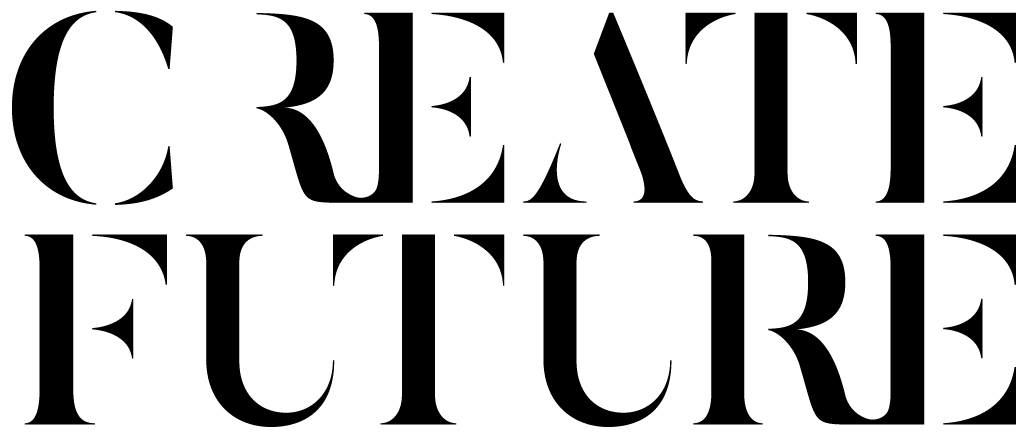Working fast & prototyping talking hamsters
At CreateFuture, we pride ourselves on working fast. For us, quick doesn't mean dirty. It means finding and tackling the hardest part of the problem first, so that you can learn, de-risk, and move forward with confidence.
I found a great example of this in a surprising place, and it involves a talking hamster.
With 6 months to go in the production of Disney Animation's Bolt, the film hit a problem. One of the main characters, Rhino, the hero's trusty sidekick, just wasn't working. A major script reboot required Rhino to walk on two feet, when he'd originally been animated to walk on all four.
Now, I don't understand the technical implications of this, but it involved reworking something called the 'rigging' that controls the character's movement. Apparently this is not an easy task.
The technical directors all estimated that it would take 6 months to get right. This meant there was no chance of the film hitting it's release date.
However, following a call to arms from the Director, three animators took it upon themselves to work over the weekend, and came back on Monday with a working (albeit imperfect), two legged model of Rhino the hamster. The film was back on track.
So, how is it possible that a 6 month problem can equally be solved in a few days?
Importantly - the six month estimate wasn't wrong, but it was based more on error prevention, of guaranteeing success, than on finding a solution, quickly.
This was due to a prevailing culture of fear of failure at Disney. On this occasion though, the team was given permission to fail, and trusted to innovate. They focused on the heart of the problem, and tried something to see if it would work.
This is why we love design Sprints, prototyping and testing at CreateFuture. We explore a potential solution, quickly, and test whether it will work. It won't be 100% right, but it doesn't need to be: If you only take a few days, or a week, to get a rough prototype built, then you have a lot of time left to fill in the details (or to try another approach).
So, whether it's product design, a creative campaign or developing a strategy, we look to find the hardest part first. We trust in the experience and expertise of the team, and we test and learn, rather than assume.
The Bolt story, if you're interested, is from Ed Catmull's Creativity, Inc., which is a great read, especially if you're responsible for, or want to build creatively empowered teams.
If you have any examples of where prototyping has paid off for you. I'd love to hear them.

